With Samsung’s Galaxy Z Flip 3 flying off shelves, it’s no surprise to see competition heating up for smaller, clamshell-style foldables. The P50 Pocket is Huawei’s first take on the form factor – though its fourth foldable phone overall – and there’s plenty here to give Samsung pause for thought.
Huawei’s hardware is pretty spot on, with a foldable display and hinge that put the Z Flip 3’s to shame, backed up by a powerful camera and long battery life – two of the Flip’s big weak spots.
Unfortunately, the P50 Pocket has its own problems, and they’re familiar ones. Huawei’s well-publicised trade restrictions mean that the phone lacks both 5G and support for Google apps and services. Those are major drawbacks, especially for a phone that starts from €1,299.
Design & build
- Gapless folding hinge
- Textured finishes
- No waterproofing
In broad strokes, the P50 Pocket adopts a very similar design to Samsung’s Z Flip phones, with a large display that folds vertically to leave an almost square phone when closed.
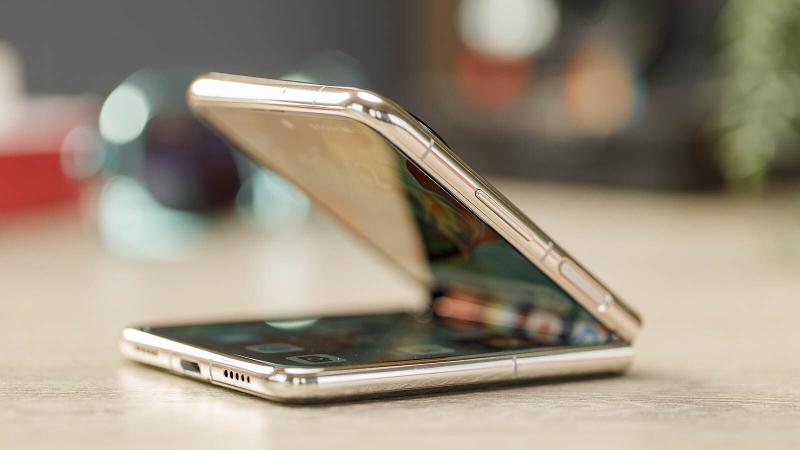
There are a few differences though. For one, the P50 Pocket is a little larger in every dimension. It’s still extremely pocketable – hence the name – but this is definitely a larger phone than its rival. I personally prefer the slightly smaller Samsung, but your mileage may vary.
The bigger difference lies in the new ‘Multi-Dimensional’ hinge. This refined version of the mechanism found in the larger Mate X2 foldable pushes the centre of the display out into a drop-shaped space when folding, which both reduces the crease on the screen and allows the phone to close fully, with no visible gap between the two halves when it’s folded shut.
That may not sound like a big deal, but the seamless hinge adds hugely to how polished and premium the phone feels, and from minute one this phone feels a cut above Samsung’s efforts in that respect at least. If nothing else, it gives the Korean company a clear target to aim for in the next Z Flip.

That said, Samsung still has the edge elsewhere. For one, the P50 Pocket can’t stay open at any angle. It will open fully flat, and is also pretty stable around 90 degrees, but at other angles the screen won’t reliably stay in place, and will slowly shift under the force of gravity.
The P50 Pocket also has no IP rating to speak of, meaning there’s no official protection from water here at all – fold this in the bath at your peril.
One oddity is the phone’s finishes. When Huawei launched the phone in China in late 2021, it came in three colours, but the black model hasn’t survived the jump to the global market. Instead, buyers will have to choose between a regular white version of the phone, or a premium gold model which comes with a €300 surcharge. Admittedly, this does offer extra RAM and storage, too.

Both versions of the phone are textured. The white model is slightly dimpled across its surface, while the Premium gold version has wavy ripples, apparently inspired by magnetic fields. This is the model I’ve been testing, and I have to say that the texture is my least favourite part of the phone’s aesthetic. The gold colour is also a shocking fingerprint magnet, which definitely detracts from the polish elsewhere.
One final note on the build – instead of an under-display fingerprint scanner, here you’ll find a reader built into the phone’s power button on the side. You can also use face unlock if you prefer, both when the phone is open and closed.
Display & audio
- Large 6.9in main display
- Minimal crease
- Circular 1in cover display
Huawei has leant into the convenience of the foldable form factor to maximise the size of the P50 Pocket’s main screen. The 6.9in screen is right at the upper end of what you can find in any phone – it’s bigger than the 6.8in display on the Galaxy S21 Ultra – so you’ll have to be comfortable using a big screen to get on with this.
What you get is a 120Hz OLED, and image quality is excellent – there’s no major quality compromise from the foldable form. Expect bright colours, deep blacks, and great viewing angles all round.
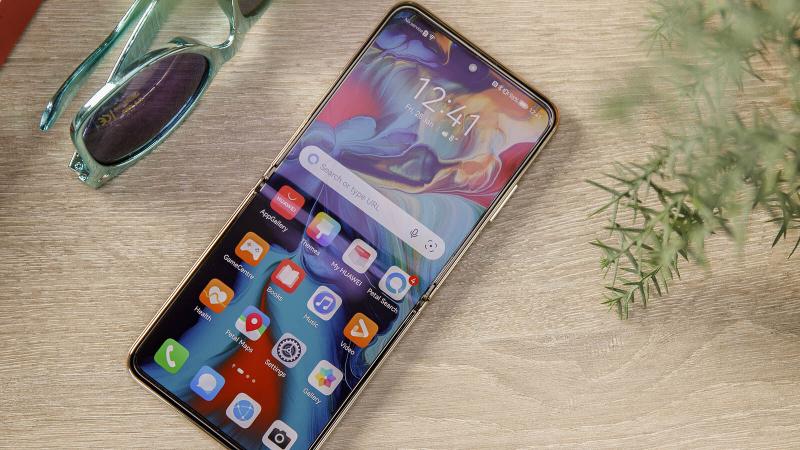
I’ve mentioned already that one of the benefits of Huawei’s new hinge is a reduced crease on the display itself. The bend is still there if you look closely, but it’s really not noticeable if you’re looking at the phone head-on. You can feel it as you scroll and see it in the photo above but, again, it’s subtle enough that it’s very unlikely to bother you.
That’s just the main display though. You also get a smaller, 1.04in circular display on the outside of the phone. This is mostly used as a mini always-on display for when the phone is closed, but you can also swipe through for media controls, the weather, your calendar, or the camera, so that you can take selfies or record video using the main camera setup.
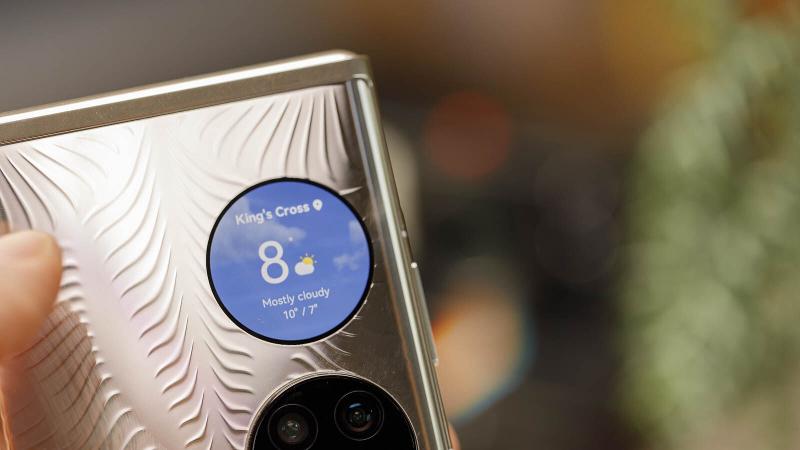
It also offers the unusual option to check whether you’ve evenly applied your sunscreen, with one of the cameras measuring UV light reflections from your skin to figure out where sunscreen is and isn’t. It’s the definition of a niche feature but, hey – it works, and we all use sunscreen every now and then, so why not?
As for audio, it will be no surprise to hear there’s no headphone jack here. The actual speakers are…fine. Phone speakers rarely wow, and these are far from the best anyway. Expect minimal bass and a tinny quality to the high notes – but it’ll do the job for the odd bit of music or a few YouTube videos.
Specs & performance
- Snapdragon 888 4G
- Up to 12GB RAM and 512GB storage in Premium model
- No 5G
Huawei remains hamstrung by US-enforced trade restrictions, and this has a particular effect on the chips the company can use. As a result, the P50 Pocket is powered by Qualcomm’s Snapdragon 888, but a 4G version of the chip – meaning there is no 5G support in the phone at all.
At least that is a powerful chip, albeit one that’s a year old. Here it’s joined by 8GB of RAM and 256GB of storage in the regular version of the phone, while the Premium Edition gets 12GB RAM and 512GB storage, which helps justify the €300 premium for it.
Curiously, in my benchmarking the Pocket didn’t manage the same levels of performance we’ve seen from some other Snapdragon 888 phones. This could partly be explained by software compatibility, but at least part of the problem seems to be heat-related, with the phone getting warm quickly during testing.
For the average user this won’t matter one bit. The phone is still perfectly fast, and powerful enough to cope with any app you could throw at it. It will really only bother power users and serious mobile gamers, who will be better suited by a phone that’s been designed to stay cool rather than merely look cool.
Beyond the lack of 5G, other connectivity options are solid, with Bluetooth 5.2, Wi-Fi 6, and NFC all included.
Camera
- 40Mp, f/1.8 main camera
- 13Mp, f/2.2 ultra-wide camera
- Fluorescent shooting mode
For all its infamy in other areas, Huawei is still rightly renowned for creating some of the finest camera hardware in the smartphone industry.
With that in mind, it’s no surprise to see serious specs here. This isn’t Huawei’s best camera – the P50 Pro and Mate X2 would have to duke it out for that honour – but it’s seriously impressive, and comfortably better than the basic shooters in the Z Flip 3.
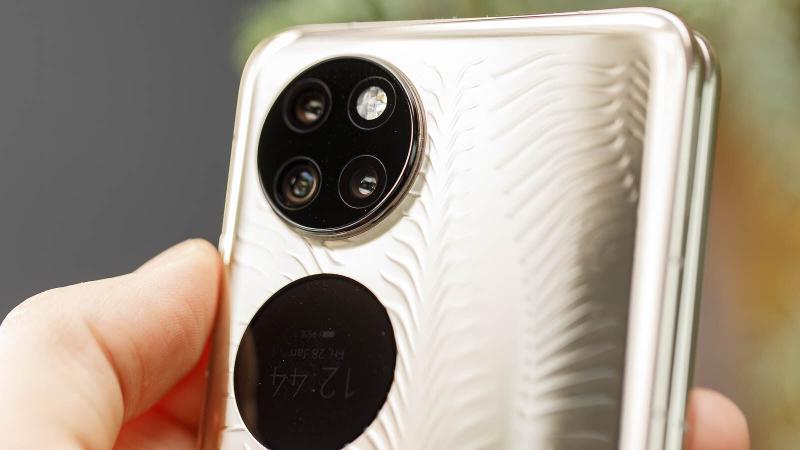
There are three main lenses here, but only two are active options for your core photography, so this is really more like a dual camera, with a 40Mp main shooter and a 13Mp ultra-wide, which can both be used to record video at up to 4K resolution in 60 frames per second.
They’re supplemented by a 32Mp ‘Ultra Spectrum’ camera. This isn’t actually used to take photos on its own but instead, together with a separate multi-spectrum sensor, supplies depth and colour information – including colours beyond the visible spectrum – to help the two core lenses deliver better photos with richer colour details.
That may sound like nothing more than fluff and jargon, but the results do speak for themselves, and shots from both regular rear lenses here are fantastic, especially in good lighting conditions. That colour range in particular is really evident, with subtle shifts in tone and shade that not every rival could capture.
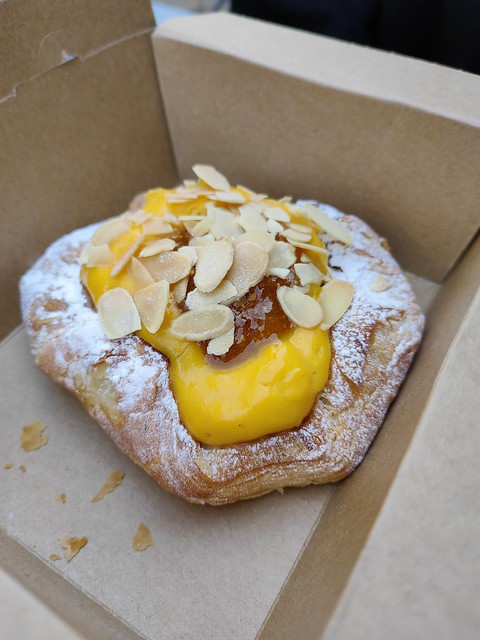
Low-light and night-mode photos are good but not necessarily great. There’s no optical image stabilisation here, which is probably the main limitation. That makes it trickier for the camera to keep night mode shots crisp and handle exposing light sources correctly. Still, on the main camera results are decent, though the less said about the ultra-wide in low light the better – every night mode shot I took on this lens came out either horrendously shaky, completely under-exposed, or both.
In addition to the usual range of camera modes – slow-mo, panorama, monochrome, and more – Huawei has also included a novelty: fluorescence. With the help of an ‘ultra spectrum illuminator’ (which essentially just seems to be a mini UV light) you can capture glow-in-the-dark photos in dark settings, which is certainly a unique option for a phone.
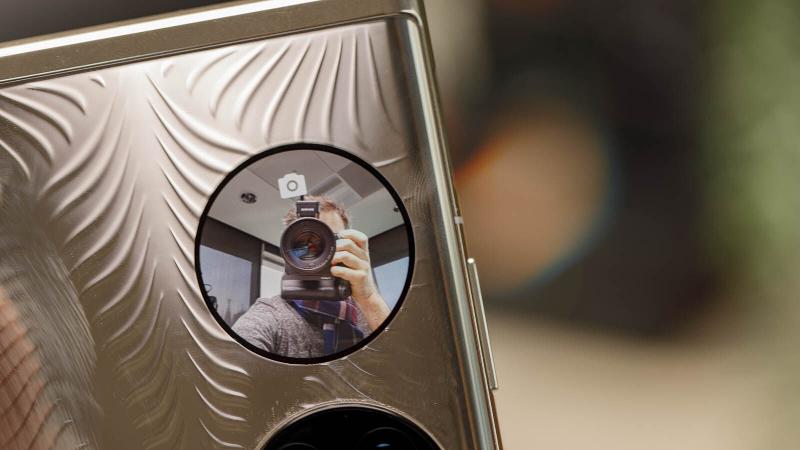
For selfies, you get a choice. You can use the 10.7Mp punch-hole selfie camera to take shots as you normally would, but you’re better off shutting the phone and using the cover display to take shots with the main lens in portrait mode – or even record video. Controls are stripped back, so you won’t be able to use the ultra-wide or activate night mode, but nine times out of ten this will still deliver the best results.
Battery & charging
- Better battery life than the Z Flip 3
- Fast 40W wired charging
- No wireless charging
One perk of Huawei making the P50 Pocket a little bigger than the Z Flip 3 is that it leaves space for a bigger battery too.
The 4000mAh capacity here isn’t enormous, but it’s considerably better than the 3300mAh Samsung managed. The result is that the Pocket is easily a full-day device, and will stretch a little longer if really needed to.
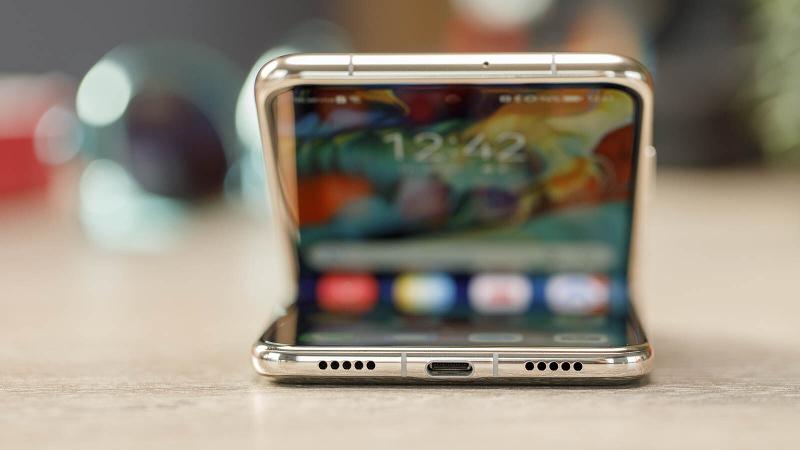
The 40W wired USB-C charging is fast too, capable of charging the phone back up quickly when you need it.
The one real disappointment here is that Huawei didn’t include wireless charging. From a practical standpoint, better battery life is probably a bigger priority for most people, but it still rankles to find a phone that costs more than a grand and still doesn’t support Qi charging.
Software
- Runs Huawei’s EMUI 12
- No support for Google apps or services
Huawei’s trade woes not only prevent the company from acquiring 5G chipsets, they also make it impossible to license the full suite of Google services.
As a result the P50 Pocket, like all recent Huawei phones, cannot run any of Google’s apps or access the Google Play Store. That’s despite running on Huawei’s EMUI software, which is based on the open source elements of Android 11.
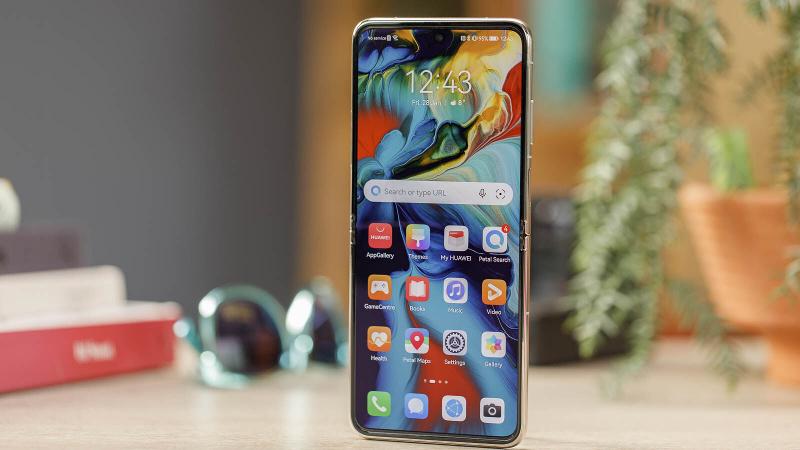
The result of all this is a compromised experience. Between the Huawei App Gallery, phone cloning tools, and the Petal Search app, it’s possible to install some – perhaps most – of the Android apps you’d normally use, including popular options like Twitter, Instagram, and WhatsApp. They won’t always update themselves though, so you’ll have to manually update and re-install apps to stay ahead of any security concerns and new features.
You can’t get any of Google’s own apps, though the workaround of adding a home screen shortcut to the web versions of Gmail and Google Maps does alleviate that somewhat.
Perhaps the bigger headache is that many third-party Android apps rely on Google’s servers for login, syncing, backup, or other features, and often these apps simply won’t run on the P50 Pocket. It’s hard to predict which apps will run and which won’t, so if you want to make the P50 Pocket your main phone then you will be taking a gamble that some of the apps you rely on simply may not function for you.
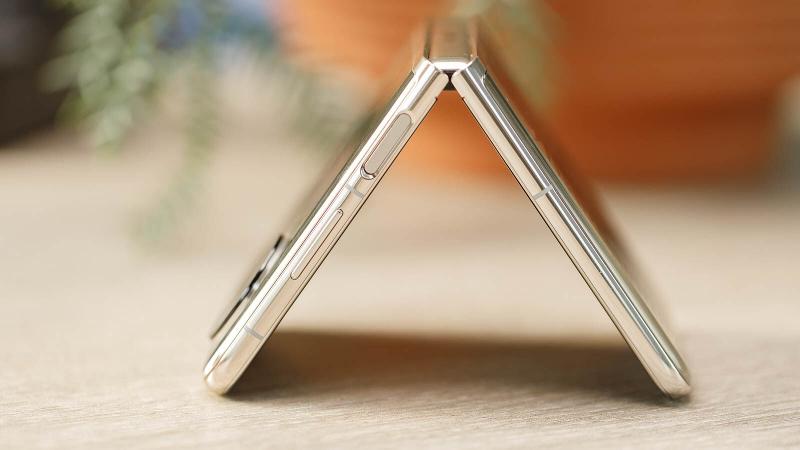
It’s also hard to say what long-term software support to expect. In China, Huawei’s phones now run the company’s own HarmonyOS, and perhaps eventually this phone will switch to that software – though on the surface at least there’s little to pull Harmony and EMUI apart.
With Huawei limited to the open source parts of Android, it’s also not clear how closely it will follow future major Android version updates, or for how long it will continue to update the P50 Pocket with new features and security patches.
Price & availability
The P50 Pocket is available now internationally, though the rollout is happening gradually in each country – the best bet is to go to the Huawei site to see if it’s available where you are.
In…
